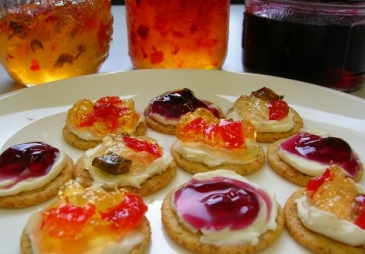If you find your preschool and early school child hyperactive, inattentive or impulsive, keep a check on the ‘cocktails of food additives’ in his diet and get him medically checked for ADHD – as these food colors may be responsible for his ‘bad behavior.’
Do you know, nearly 2.4 million American children meet the medical definition of attention-deficit hyperactivity disorder (ADHD), but what is growing worrisome is an estimated 1.2 million children left either undiagnosed or untreated!
It has been shockingly found that a drink containing additive combinations, which are commonly used to make the food look attractive, considerably increased hyperactivity in children.
It is only a few additives, the very hyperactive children might at all benefit from – although in most severe cases, drugs rather than diet changes could eventually improve behavior.
Some of the disastrous food additives or colors that may increase hyperactivity in affected children:
* Sunset yellow (E110) – coloring found in squashes
* Carmoisine (E122) – Red coloring in jellies
* Tartrazine (E102) – New coloring in lollies, fizzy drinks
* Ponceau 4R (E124) – Red coloring
* Sodium benzoate (E211) – Preservative
* Quinoline yellow (E110) – Food coloring
* Allura red AC (E129) – Orange / red food dye
Food colorings and other chemicals added to processed foods may, thus only worsen the attention-deficit hyperactivity disorder leading to a devastative future.
Image




